Andy Westlake tests Panasonic's pocket travel camera with a 1in sensor and 10x zoom lens
Panasonic Lumix DMC-TZ100 review
Dynamic range and noise
Dynamic Range
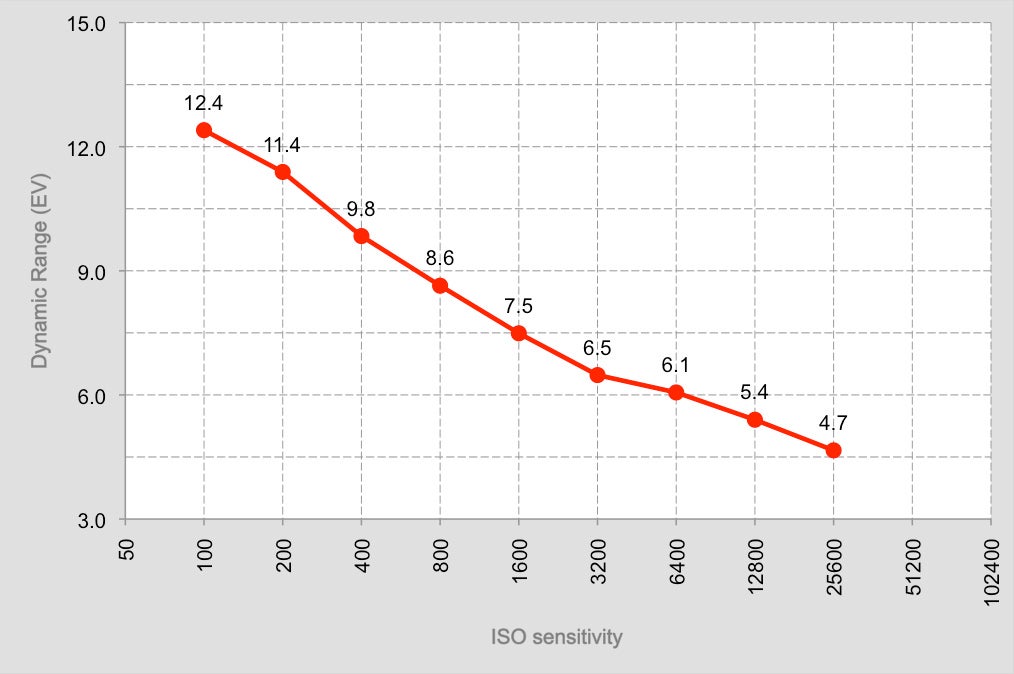
The main take-home message from our Applied Imaging dynamic range tests is that, while the TZ100 scores very well at low ISO, the numbers fall off very rapidly as the sensitivity is raised.
A measured dynamic range of 12.4 EV at ISO 100 indicates that it’s possible to pull a fair bit more detail out of dark shadows when processing raw. But by ISO 800 this ability has more or less completely gone, and at ISO 3200 and above, low readings indicate that there’s very little shadow detail at all. Sub-6 EV readings at the top ISO settings emphasise their poor quality.
ISO sensitivity and noise
At low ISO settings, TZ100 files show lots of detail with just the barest hint of noise. At ISO 800, luminance noise is beginning to mask fine detail if you look at your images closely, but this unlikely to show up in prints of 12x8in or smaller.
By ISO 3200, however, there’s a much greater impact on fine detail, but Panasonic’s JPEG processing maintains colour well. ISO 6400 is about as high as you’d ever want to go, with little in the way of shadow detail remaining, and the higher settings are very noisy indeed.
Below are 100% crops taken from JPEG files, shot at 44mm equivalent and f/5.6:
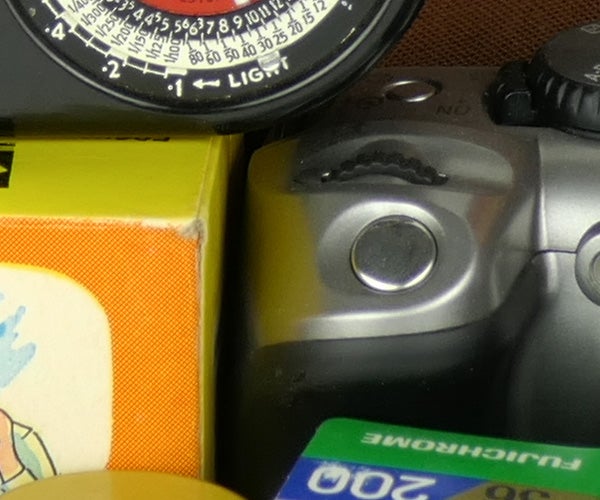
Panasonic TZ100, JPEG ISO 80, 100% crop
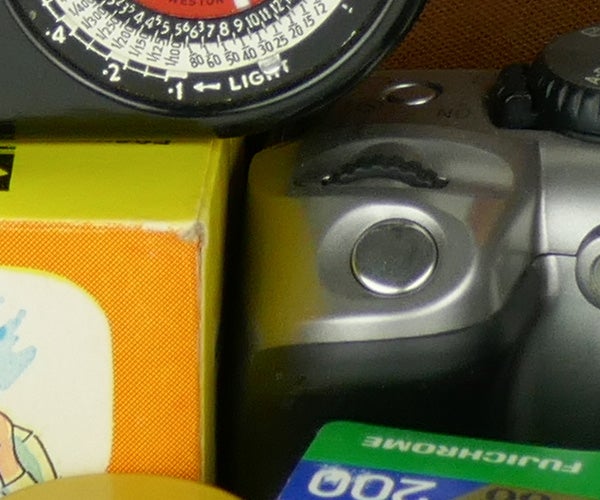
Panasonic TZ100, JPEG ISO 200, 100% crop
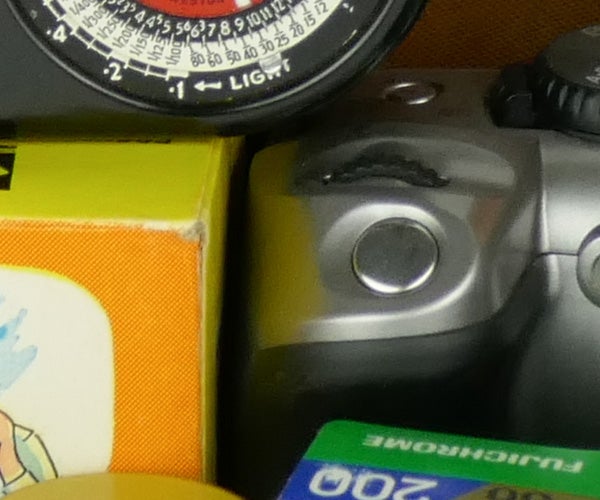
Panasonic TZ100, JPEG ISO 400, 100% crop
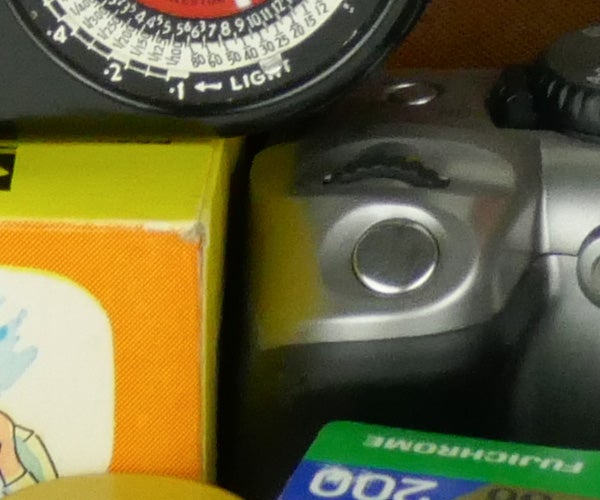
Panasonic TZ100, JPEG ISO 800, 100% crop
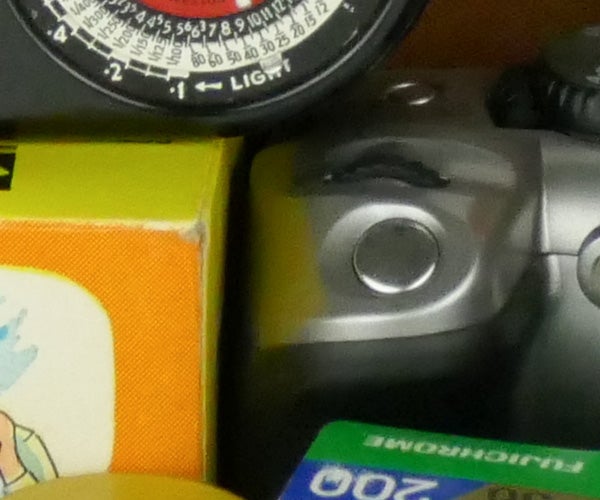
Panasonic TZ100, JPEG ISO 1600, 100% crop
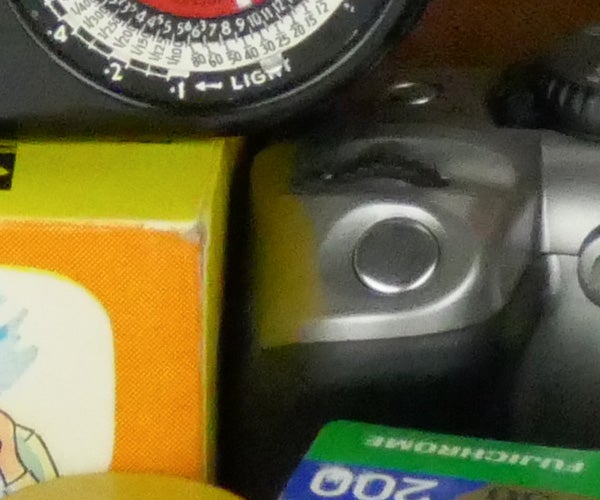
Panasonic TZ100, JPEG ISO 3200, 100% crop
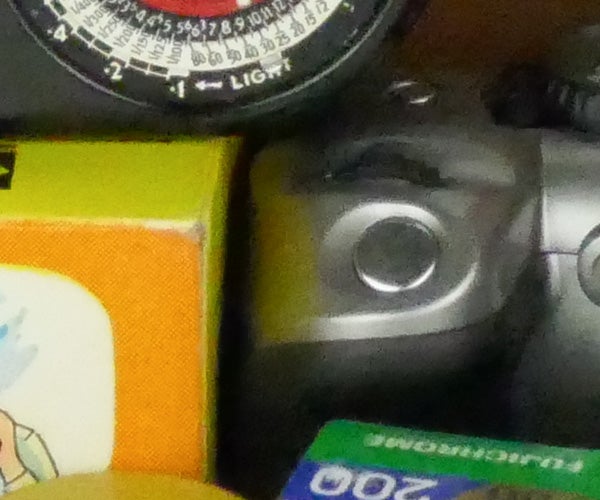
Panasonic TZ100, JPEG ISO 6400, 100% crop
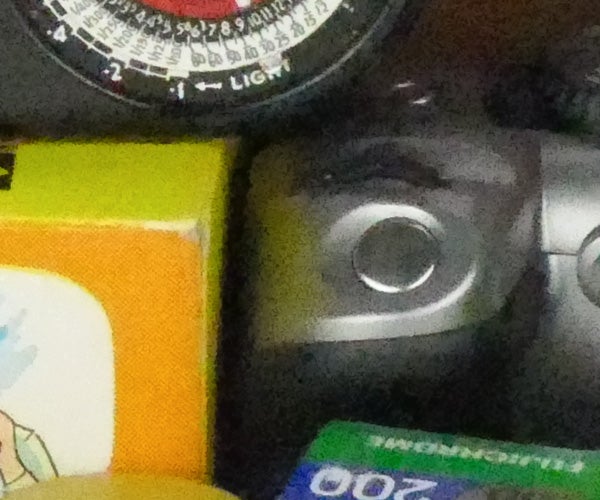
Panasonic TZ100, JPEG ISO 12800, 100% crop
Switch to raw files processed in Adobe Camera Raw and we see a typically different rendition, with less smearing of detail and more luminance noise. But the overall message is much the same: image quality is excellent at low ISOs and perfectly acceptable at ISO1600, but tails off at higher settings.
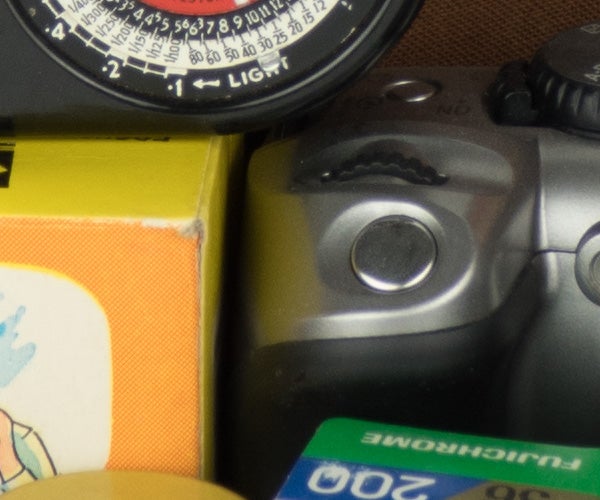
Panasonic TZ100, RAW ISO 80, 100% crop
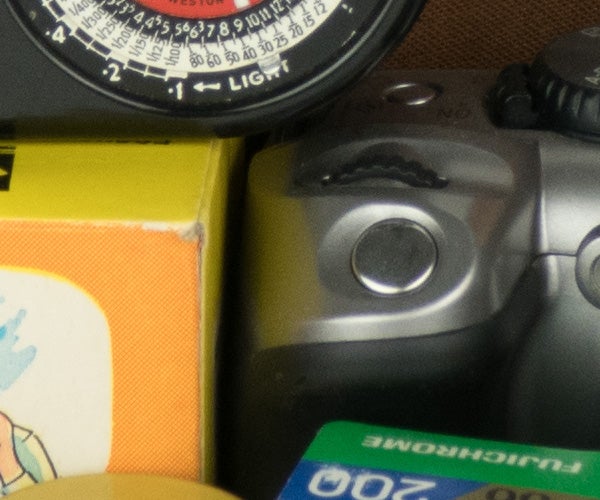
Panasonic TZ100, RAW ISO 200, 100% crop
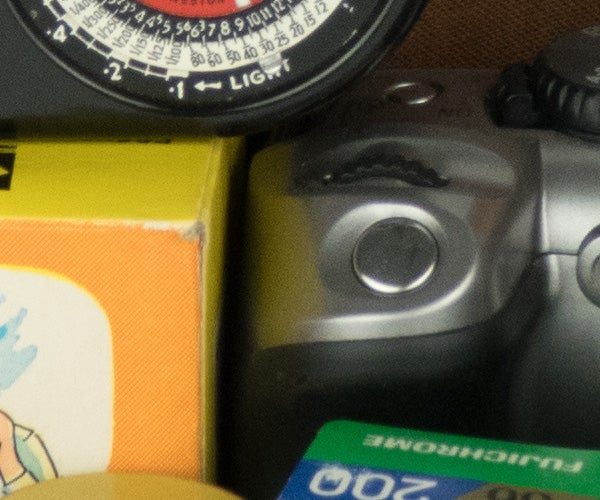
Panasonic TZ100, RAW ISO 400, 100% crop
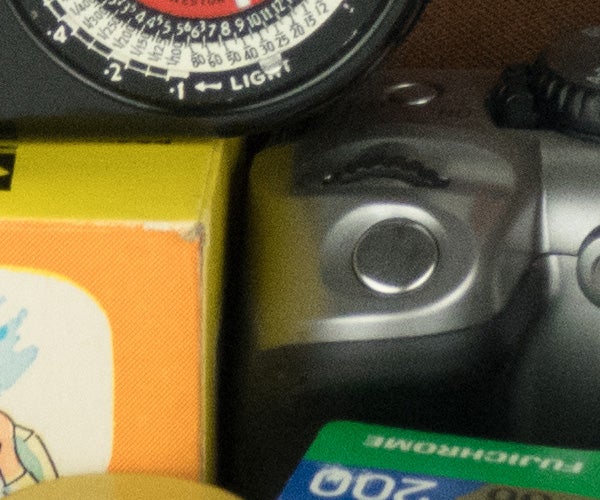
Panasonic TZ100, RAW ISO 800, 100% crop
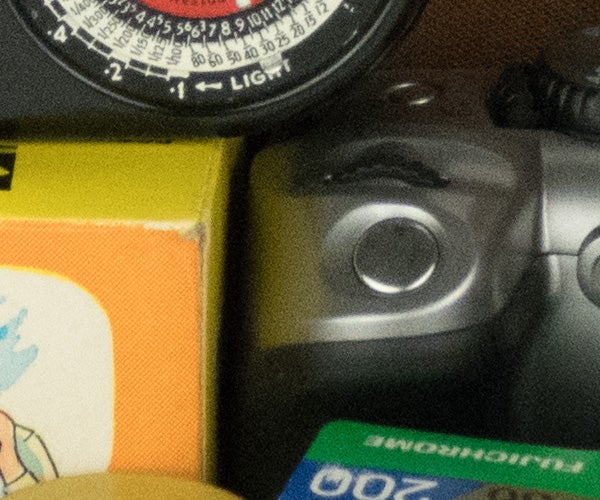
Panasonic TZ100, RAW ISO 1600, 100% crop
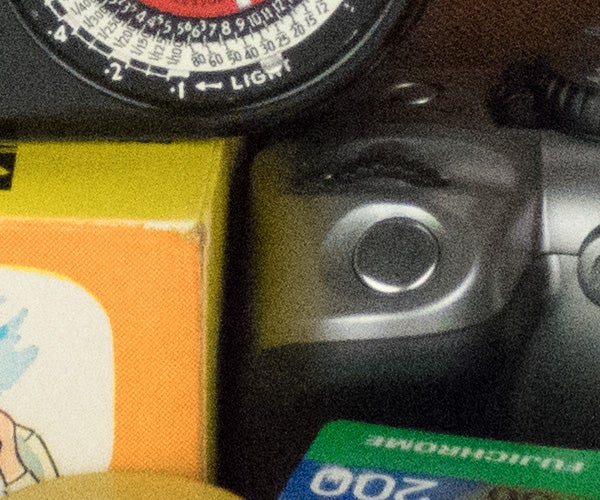
Panasonic TZ100, RAW ISO 3200, 100% crop
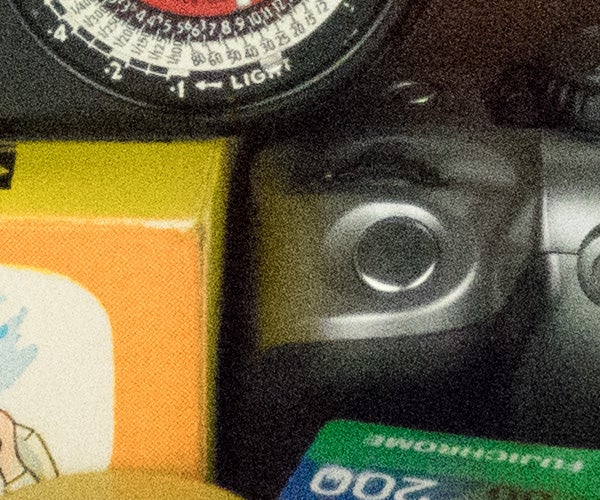
Panasonic TZ100, RAW ISO 6400, 100% crop
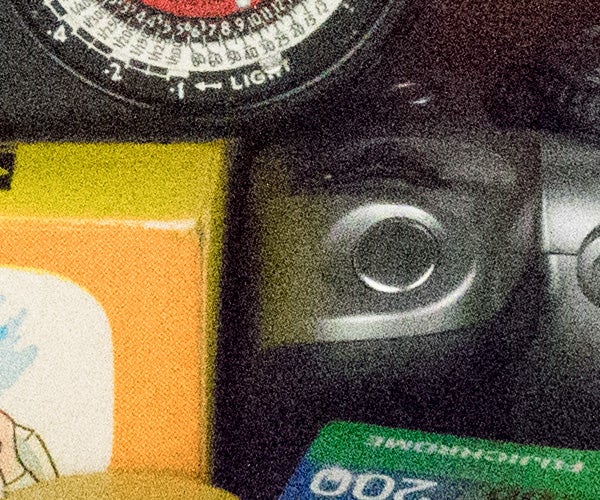
Panasonic TZ100, RAW ISO 12800, 100% crop




